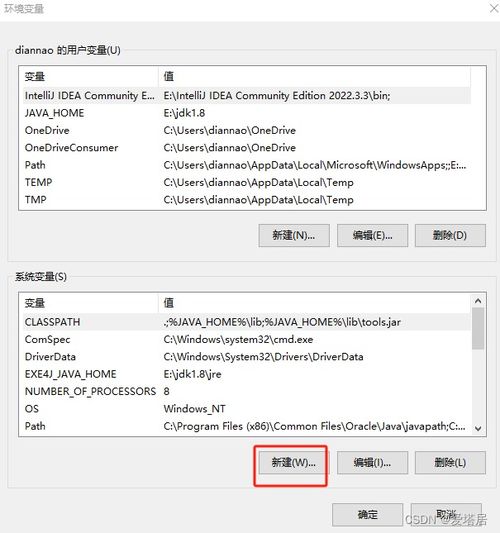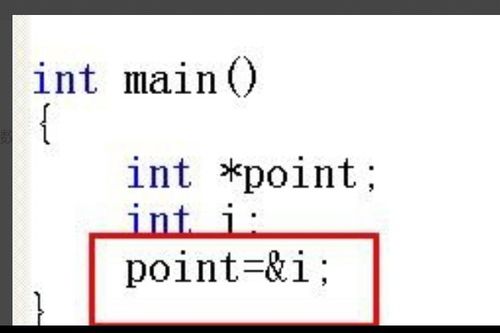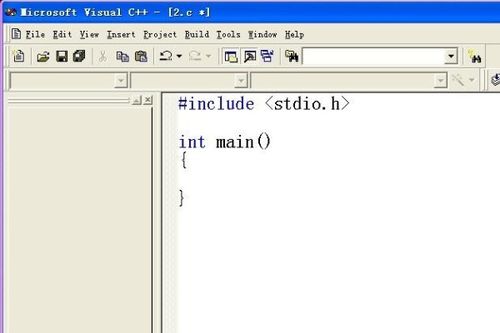
Bit Define: A Comprehensive Guide to Understanding Binary Information
Understanding the concept of bits is fundamental in the realm of digital technology. Whether you’re a tech enthusiast, a professional in the field, or simply curious about how computers work, grasping the essence of bits is crucial. In this article, we delve into the multifaceted world of bits, exploring their definition, significance, and applications across various domains.
What is a Bit?

A bit, short for binary digit, is the most basic unit of information in computing and digital communications. It represents the smallest unit of data that can have one of two values: 0 or 1. These two values are the foundation of binary, the system of numerical notation that underpins all digital computing.
Binary System

The binary system is a base-2 numeral system that uses only two symbols, 0 and 1. Unlike the decimal system, which uses ten digits (0-9), the binary system relies on two digits to represent all possible values. This simplicity makes it ideal for digital systems, where electronic devices can easily detect and process two distinct states, such as on and off, or high and low.
Bit Length and Data Representation

The length of a bit string determines the number of possible values it can represent. For instance, a single bit can represent two values (0 or 1), while a byte, which consists of 8 bits, can represent 256 different values (2^8). This exponential growth in the number of possible values as the bit length increases is a key factor in the vast storage and processing capabilities of modern computers.
| Bit Length | Number of Possible Values |
|---|---|
| 1 bit | 2 |
| 2 bits | 4 |
| 3 bits | 8 |
| 4 bits | 16 |
| 5 bits | 32 |
| 6 bits | 64 |
| 7 bits | 128 |
| 8 bits | 256 |
Bit Operations
Bit operations are fundamental to manipulating binary data. These operations include AND, OR, XOR, NOT, and shift operations. By performing these operations on individual bits, you can achieve a wide range of tasks, such as data encryption, error detection, and compression.
Significance of Bits in Computing
Bits are the building blocks of all digital information. They enable computers to store, process, and transmit data. Here are some key reasons why bits are so crucial in computing:
-
Efficiency: Bits are the most compact form of data representation, allowing for efficient storage and processing.
-
Scalability: The binary system allows for easy scalability, as the number of bits can be increased to accommodate larger data sets.
-
Reliability: Bits are reliable, as they can be easily checked for errors and corrected using error-correcting codes.
-
Interoperability: Bits are the universal language of digital technology, enabling devices from different manufacturers to communicate with each other.
Applications of Bits
Bits are used in a wide range of applications across various industries. Here are some examples:
-
Computing: Bits are used to store, process, and transmit data in computers, smartphones, and other digital devices.
-
Networking: Bits are used to encode and transmit data over networks, such as the internet.
-
Telecommunications: Bits are used to encode and transmit voice and video signals over telecommunications networks.
Related Posts
what do ladybug bites look like,What Do Ladybug Bites Look Like?
What Do Ladybug Bites Look Lik…
spider bites photo,Spider Bites Photo: A Detailed Look
Spider Bites Photo: A Detailed…




